Humans and Parrots
It cannot be denied that humans have long felt a strong attraction for parrots. Close your eyes for a moment, let's get back in time and travel to any place where parrots live in nature. We find ourselves among
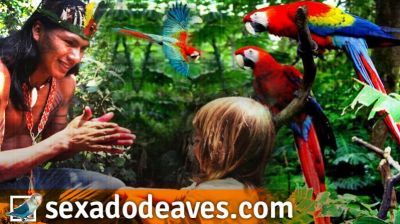
It cannot be denied that humans have long felt a strong attraction for parrots. Close your eyes for a moment, let’s get back in time and travel to any place where parrots live in nature.
We find ourselves among the local inhabitants, numerous tales, legends and stories proof that their relationship exists since ancient times…
Several cultures considered parrots as mystical creatures, some of them believed that they were both good and bad omens. Others adored and idolized them as sacred birds gifted with divine characteristics and strength which were very important for their beliefs.
The ancient Brazilian tribe of “The Bororó” deserves a special mention. We can describe their relationship with parrots as the ultimateexpression of the connection between humans and parrots. The Bororó people, great example of nature, prelogic of “primitive mentality”, believed they were red parrots themselves. Meaning not only that they would become red parrots after their death, but also that they were completely sure that they were real parrots, part of a mystical community of beings disconnected from human mentality. The philosopher Lucían Lèvy Brushl published those conclusions in 1910 and described The Bororó as repetitive and noisy. He also said that they were naked except from the feathers they wore on their arms and shoulders during rituals.
They said they were as the worms before turning into butterflies. They even used human names for macaws so the souls of the dead could temporarily live in them.
On the other hand, we can also find people who just considered the parrots to be part of their diet. They also made use of feathers or even parts of their bodies to embellish their clothing or to show their position in social hierarchy as well as being used for rituals, celebrations and healings.
Some specimens of parrots could escape from that fate and were lucky enough to stay with them as pets, above all, if they would show early ability to imitate sounds.
Despite the time passed and the evolution of humanity, nowadays we can still find indigenous groups that maintain this traditions. Today, parrots are considered domestic animals, just as cats and dogs, although we need to be aware that parrots are not entirely domestic because their evolutive process has been very different to those two famous mammals and they remain wilder.
One of most basic instincts of birds is their ability to fly, which can be compared to human’s ability to walk. We have legs and feet and start taking our first steps without being taught; parrots have wings and they start flying under the supervision of their parents.
As pets, It is precisely their ability to fly what generates more controversy among people who do not agree to consider them pets. The truth is that as all the animals kept at home, they need to be looked after very carefully, but in the case of parrots we need to pay special attention to their flying.
If we leave them unattended for a moment while being out of the cage at home, they could flee using an open door or window. This could cause our bird to get lost and even die facing any of the threats outside, that are specially. For this reason, we need to be more aware of how to take proper care of our beloved parrots and provide them with safety and wellbeing. Apart from all the tips we are given and all the theory we read and learn, we should put our efforts in being able to understand them and, although it may seem very difficult, try to think as if we were parrots ourselves. If we observe them and are able to interpret and learn their body language and mood, as well as understand their necessities and the way they interact with us, we will then better enjoy being with them. Nevertheless, we should not forget that regardless of what they learn from us, their ability to repeat words and how intelligent they are, they are still animals.
Luckily, nowadays we have at our disposal many ways to learn about this wonderful world, for instance we can use the Internet as source of information or go to events such as shows, conferences or meetings.
Nevertheless, I personally think that theory can be a good base of knowledge but it needs to be completed with practice which will enable us to develop that knowledge while gaining experience from having them in our lives. It is worth stressing that behind that information, there are professionals that devote part of their lives to study everything related with parrots; conducting studies, investigations and fieldwork in the natural habitat of parrots.
Some of the results of those investigations are very useful for our daily life with our birds. For example, the diet of our birds is based on the food birds eat in their natural habitat which allow them to fulfill the majority of nutritional requirements that they need in captivity. Also, thanks to the investigations we use other diets which include fruits, vegetables, seeds, rice and pasta among others. Also, investigations allow us to know which vitamins they need, the medicaments the vet need to prescribe when are sick, what we need to include in their cages for them to be comfortable and even the education we provide them so they adapt to the family, among many other things.
It is on the basis of this research conducted by professional ornithologists, biologists, ethologists and vets that we deepen our knowledge of parrots, not only physical or organic but also about the way they interact with their environment. Local inhabitants are a great source of information during fieldwork. They know the places where parrots nest or where they stay at night or during the day, from which trees they eat, when is their breeding season, etc.
The direct or indirect transmission of those investigations offers parrot lovers the oportunity to extend their knowledge about them. Besides it allows new enthusiasts to apply that knowledge to contribute to the wellbeing of parrots. I am sure that parrots will be grateful and make their owners enjoy from their happiness, beauty, intelligence and company.
There is still so much more to say about parrots that I do not think we could ever end learning about them. What is also endless is the attraction that humans feel for them. Nevertheless, this is a double-edged sword that have caused the disappearance of many species and many others that today are endangered.
Maybe all who feel so much love for parrots will become one of them after our death, who knows? The feelings we have for these birds are not very different from those that The Bororó or other communities had.
It is true that the majority of tribes that used to hunt parrots for eating have disappeared, but sadly there are still some of them that keep on doing it. Nevertheless, it is not comparable to the damage that “civilized” men make: illicit trades, smuggling, destruction of tropical forests, clearing of trees to take the chicks from their nests and many other cruelties that are committed.
Luckily, there are projects and agreements for the protection of endangered species that help to reduce the capture of wild birds while promoting responsible breeding in captivity. But let’s talk about this some other time, I will not like to digress from the main topic of this writing, to talk about the relationship between humans and parrots in the past, present and future. Let’s become one of them to be able to understand them and take care of them as they deserve…
Javier Salcedo TEPUI PARROT
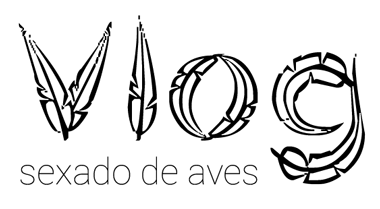
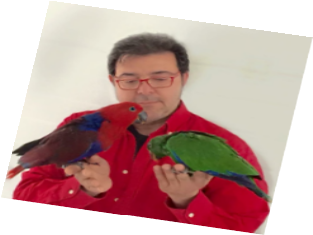
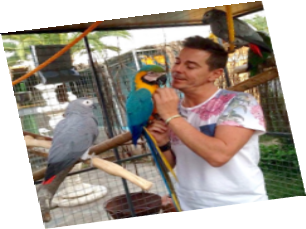
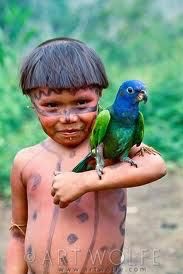
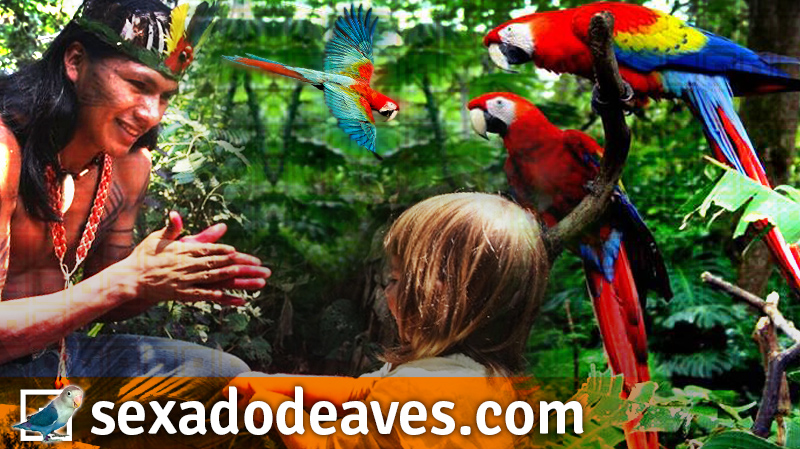
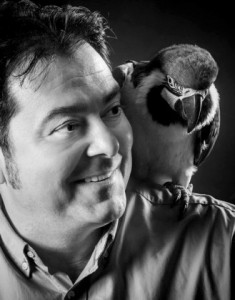

Pingback:6 Tips for having a Bird as a Pet July 26, 2019